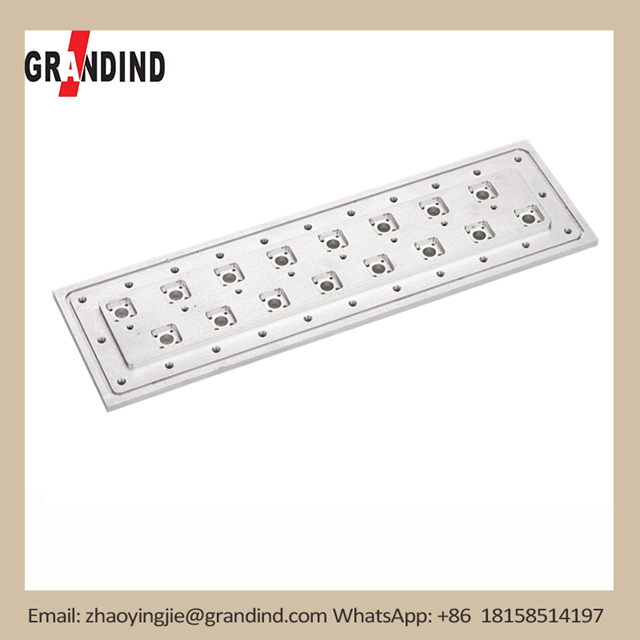In-depth analysis of CNC machining deformation: comprehensive analysis of the source.
2025-10-15
CNC machining is the process of manufacturing and processing parts and products under computer control. CNC machining involves using a computer numerically controlled machine tool to automatically adjust a piece of material by removing excess material. The material used is typically metal, and once this removal is complete, the finished product or part is produced.

How CNC machining works
| Step | Description |
|---|---|
| Step 1 | Create a CAD model, use computer-aided design (CAD) software to create a 2D or 3D model of the part. |
| Step 2 | Numerical control programming, convert CAD files into G-code, define the motion path and operating parameters of the machine tool. |
| Step 3 | Perform CNC machining, load and run the G-code program through the control panel of the machine tool. |
CNC-machined parts can deform and fail after production. What specific factors can affect CNC parts?
Part clamping
When applying clamping forces in multiple directions on a CNC-machined part during CNC machining, the order of the clamping forces must be considered. Clamping forces that create contact between the part and the support should be applied first and not too high. The key clamping force, which balances cutting speed, should be applied last.
Radial clamping force over the contact area
CNC machining requires increasing the contact area between the machined part and the CNC machining fixture or using radial clamping forces. Increasing the rigidity of the machined part is an effective way to address clamping deformation, but the shape and structure of thick-walled CNC-machined parts result in low rigidity. This leads to deformation under the clamping force.
Material and structure
The magnitude of deformation during CNC machining is proportional to the shape complexity, aspect ratio, and wall thickness, and to the rigidity and stability of the material. Therefore, when designing CNC-machined parts, minimize the impact of these factors on part deformation. Especially when CNC-machining large and medium-sized parts, optimal structural configuration is crucial. Before machining, the blank's strength, looseness, and other defects must be strictly controlled to ensure quality and minimize resulting steel part deformation.
Heat Treatment
Heat treatment is a common process in CNC machining, but it can also cause part deformation. Especially for thin and small parts, if the structural characteristics of the CNC precision-machined parts are not well mastered during the heat treatment process, it is easy to cause deformation of the precision-machined parts such as bending or straw hat detours.
The deformation of parts during CNC machining is the result of the combined action of multiple factors. By optimizing processing parameters, improving equipment accuracy and operator skills, etc., the deformation of parts can be effectively reduced and the processing quality can be improved.

























